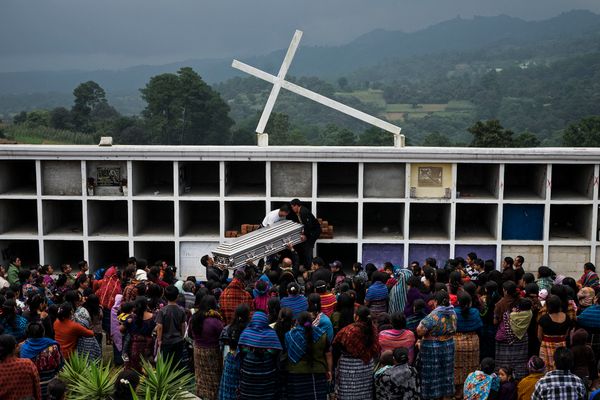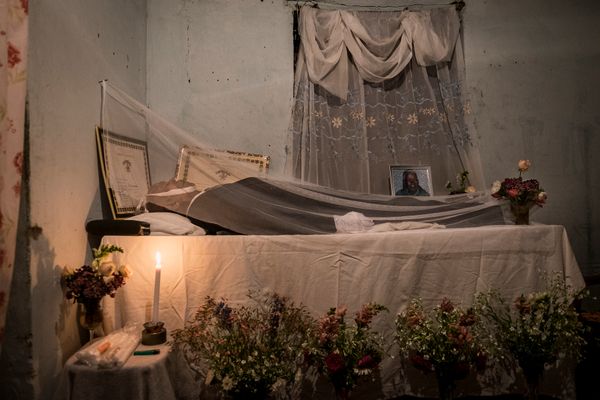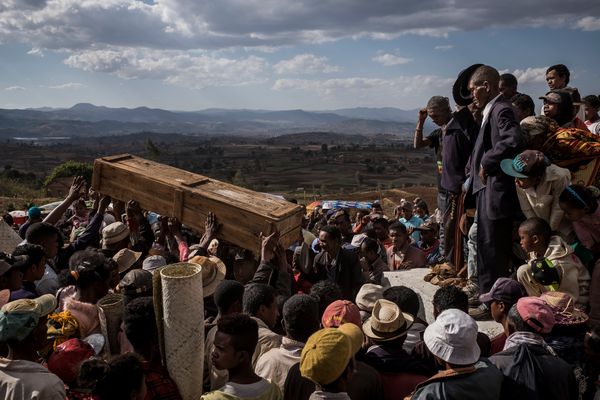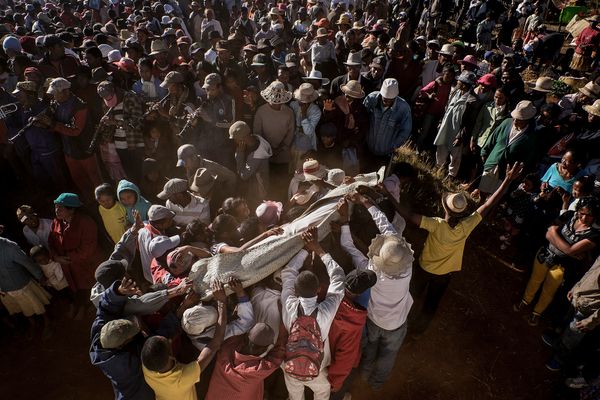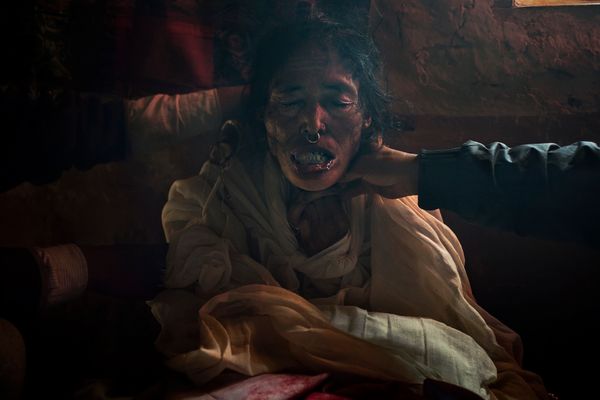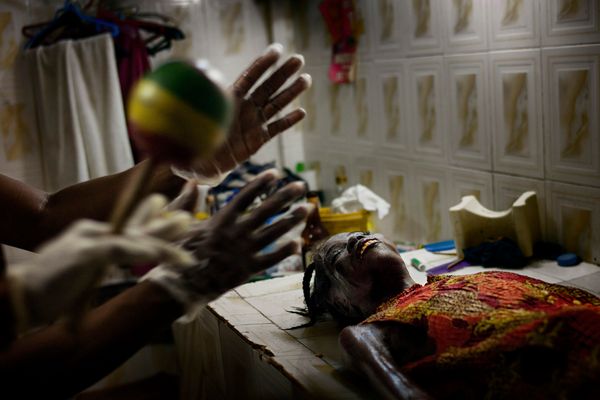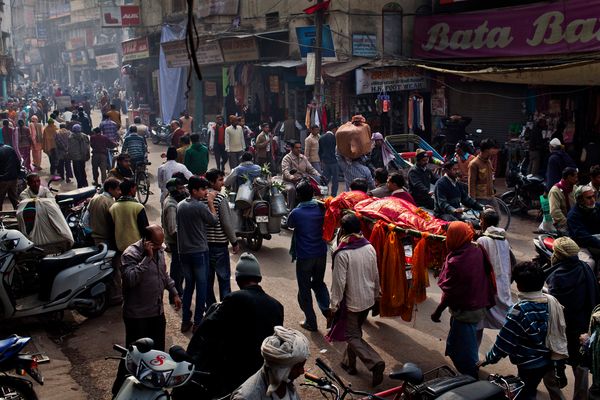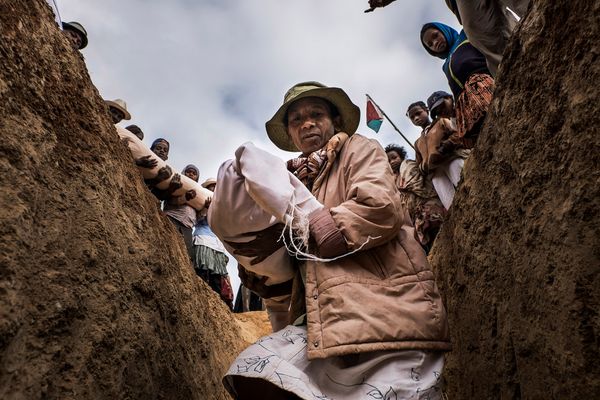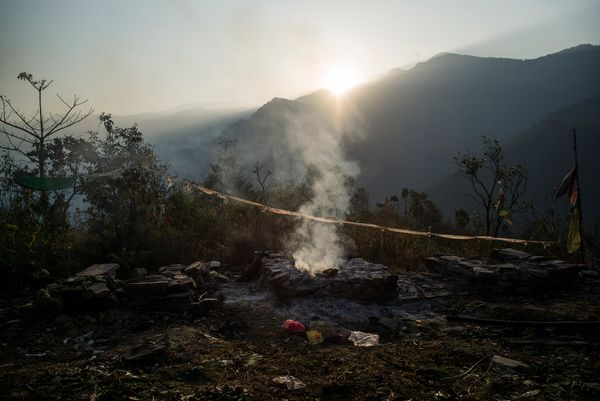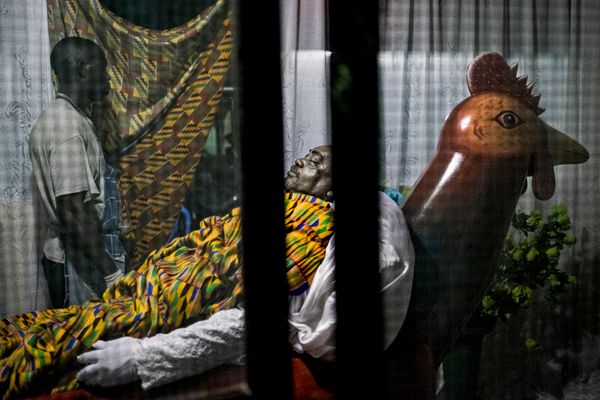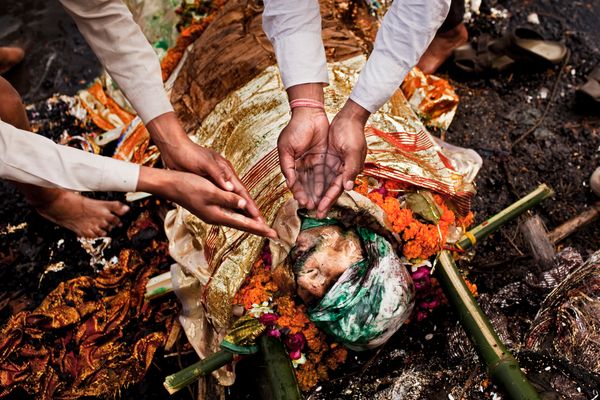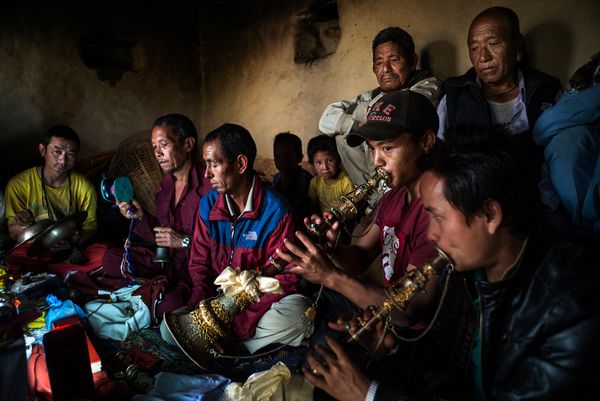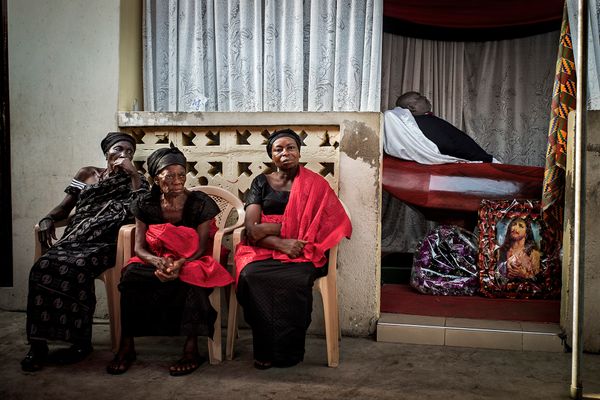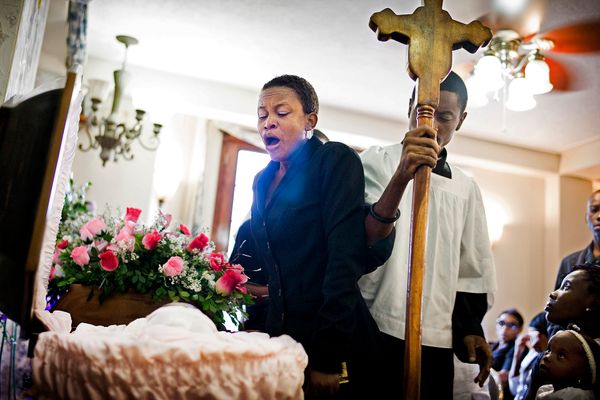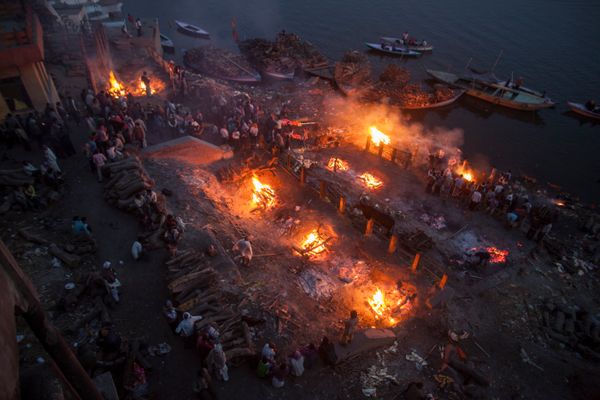dead and alive
-
Dates2011 - Ongoing
-
Author
- Topics Daily Life, Contemporary Issues, Documentary
The aim of this project is to give insight into how much any given culture’s values, hopes and dreams are reflected in their thoughts about death and life after death, and how differently we treat our dead from culture to culture.
”The only things certain in life are death and taxes,” said Benjamin Franklin. Death certainly is part of the human condition and one of the few events we all share, across cultures and borders, albeit we address it in very different ways. The project Dead and Alive combine photographic documentation with anthropological and ethnological dissemination through an open exhibit that will introduce a number of chosen death rituals from around the world. The exhibit is intended to contribute to public debate, encourage conversations about death, and allow people to familiarise themselves with the topic in more depth.
In some places – like Denmark – death is taboo, in other places death and the deceased are natural parts of the life of the living. The background for this project is also the desire to show how death rituals often reflect life. With its selection of different death and burial rituals, visitors to the exhibit will gain insight into how much any given culture’s values, hopes and dreams are reflected in their thoughts about death and life after death, and how differently we treat our dead from culture to culture.
The intent is to present a different and enlightening exhibition about death and the rituals connected with bidding life farewell.
A lot of research and interesting papers, dissertations and articles have been written about death rituals from many parts of the world but visual documentation is sparse if it even exists. Thus, the photographs is the supporting component of the project, and it will promote and give the visitors a visual insight into practical rituals. Both the rituals that we, in principle, have access to experience - but have perhaps never witnessed or taken part in – and the rituals we’re normally cut off from participating in for religious, cultural, national or geographical reasons, etcetera.
The work on the project generates a huge amount of imagery and interviews is being conducted and includes audio recordings of the people I work with on the documentation of each ritual. This documentation must, of course, be shared with all that have an interest in the subject and can find application for our work. Knowledge sharing is a critical part of the project purpose.
